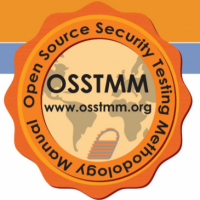What we Know about the Twitter Hack
In this blog, let’s take a look at what is sure to be one of the biggest information security events of 2020: The Twitter Hack. While it is still very early and details are still coming out, lets take a quick look at what we know so far and some lessons we should learn from […]










